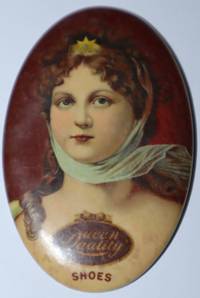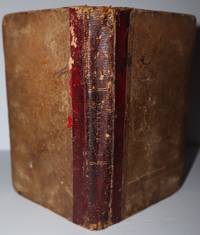1919
by Ernest
1919. Containing a total of 80 original watercolors, 43 of which are pure fashion plates straight out of the wardrobe for "Downton Abbey". The fashions and aesthetic are very much of the teens and World War One era when what is known as Art Nouveau was evolving into the more angular, more abstract, more brittle, more self-consciously "Modern", of Art Deco. We can still see and enjoy the lavish and extravagant rococo flourishes of Art Nouveau while also finding traces of the streamlined looks associated with the twenties. The style of illustrations resembles that we find in "Gazette du Bon Ton", the highly sought-after French fashion magazine of the day, (truncated)




















